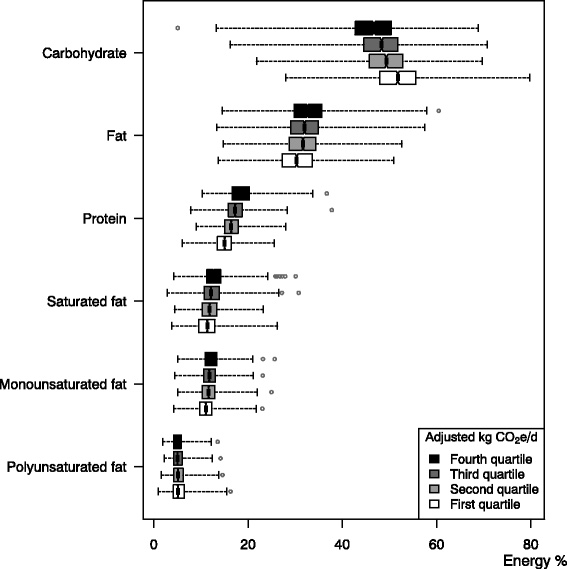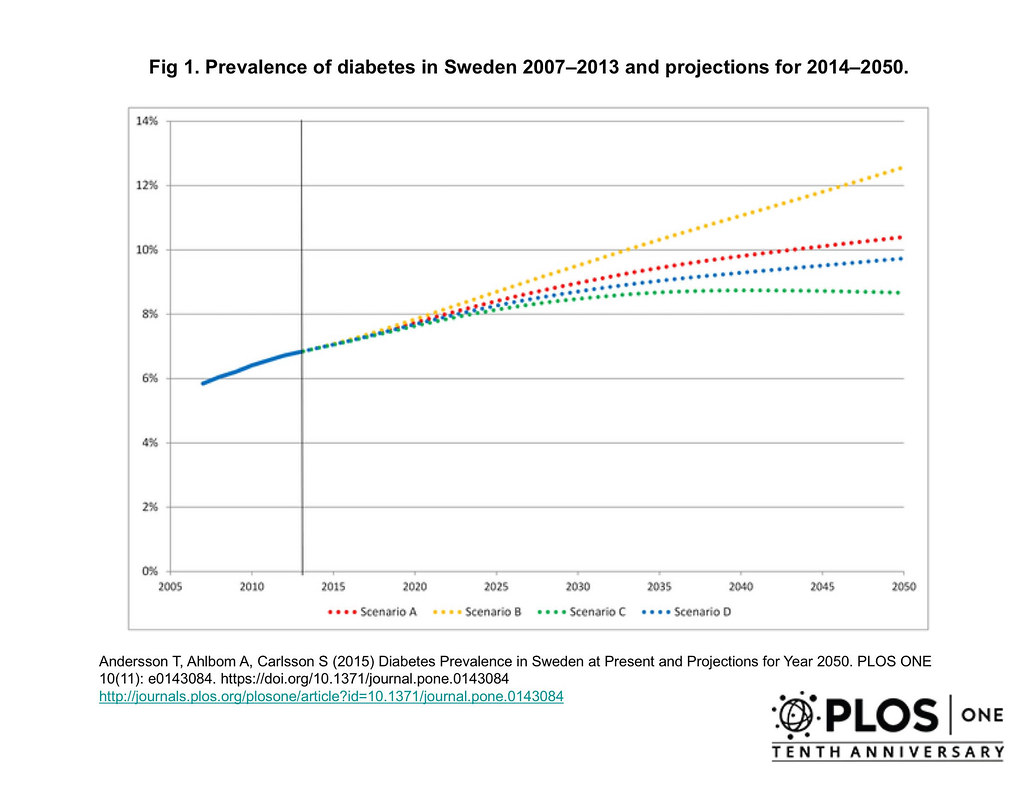
I am not an environmentalist – I am a health activist.
- Climate change is a risk to human health.
- Climate change increases disparities because it disproportionally affects vulnerable populations.
- Diversity allows the human species to survive 🙂
I desire to be low carbon, and low carbohydrate, both for health reasons. Is this possible?
There are many, many, many, many (many) articles from well-respected people out there indicating that there’s a conflict between the two.
I could start anywhere. I’m starting here.
What I’m finding out is that a lot of the assumptions I had when I first began understanding the climate change literature were assumptions. Not about climate change, about diet.
Healthy Diets and Greenhouse Gas Emissions – Assessment via Food Frequency Questionnaire
This study was performed in Sweden, and looks at the actual dietary patterns of a group of people (rather than doing a simulation), and includes as an author Christopher Gardner, PhD (of the DIETFITS study – see Just Read: DIETFITS study design – Healthy Low Carbohydrate and Healthy Low Fat Diet Comparison for Weight Loss in non-diabetic humans). It’s part of a much larger cohort study.
Nutrition intake for people with higher vs lower greenhouse gas emission diets
The group with the lowest CO2e emissions had adequate intake of most nutrients, and the intake was comparable with the nutrient intake among people in the highest CO2e emissions, suggesting that a diet low in GHGE can be nutritious at the same time.
As it is explained well in the paper – CO2e by diet is largely a function of intake of animal versus plant foods (animal foods calculated with higher greenhouse gas emissions from production methods + methane in modeling).
The potential win win
The group with the lowest CO2e emissions (the more plant-based diet) had adequate intake of most nutrients, and the intake was comparable with the nutrient intake among people in the highest CO2e emissions (the more animal-based diet), suggesting that a diet low in GHGE can be nutritious at the same time.
However/And

In the figure above, it is shown that
- the group with the lowest CO2e diets (best for the environment) also have
- the highest carbohydrate intake, statistically significantly different (higher) than the other CO2e diets.
The population studied is younger and thinner than average, and there’s no information in the paper about their insulin status.
The potential implication here is that the lowest CO2e diets are more diabetogenic than the higher CO2e diets. This is the current trend of diabetes in Sweden.

More diabetes = more medical care including more diabetic medications = more CO2 emissions.
Pharmaceuticals alone are estimated to be 15% of the CO2 emissions of health care in the UK, less in the United States (10%). The carbon footprint of health care in the United States most recently is measured at 9.8%, which does not include health related impacts. I wrote on that a few months ago and I still believe what I wrote & I do think carbon is a currency for health:
Just Read: Environmental Impacts of the U.S. Health Care System – (Carbon as a currency for health)?
Other analyses that look at the costs to the environment of treating chronic disease (like this one) make the assumption that a higher carbohydrate diet = less medical care.
My questions:
- If the lower CO2e diet is diabetogenic, what is the offset created by greater medical care, now that the world has 500,000,000 diabetics and is barreling toward 750,000,000?
- What would the analysis look like, if instead of using the Nordic Nutritional Recommendations (which mirror the low-fat diet for which there is little to no evidence behind its recommendation), a lower carbohydrate, pre-1977 diet were used as a benchmark?
- Even if the lower CO2e diet is not diabetogenic, are the assumptions about the lowness of the CO2e of this diet accurate in a low carbohydrate world, where there is less waste because people consume more parts of an animal, and newer analyses about land use reduce the calculated impact of animal farming?
I know there are many, many, many [many]) researchers working to understand this.
Climate change is a direct threat to human health and it affects vulnerable populations. So does diabetes and metabolic syndromes.
I’ve pulled a few more papers that I’ve reviewed and looked at some conversations online, some professional, some extremely ad hominem, which I am choosing not to link to, because this behavior makes no sense to me in a world where we want to produce the best health.
I’ve read this one and will review it next, with thanks to commenter on this blog (see this comment and this comment) for assisting in my discovery (power of social media):

